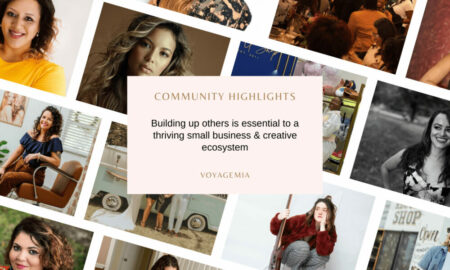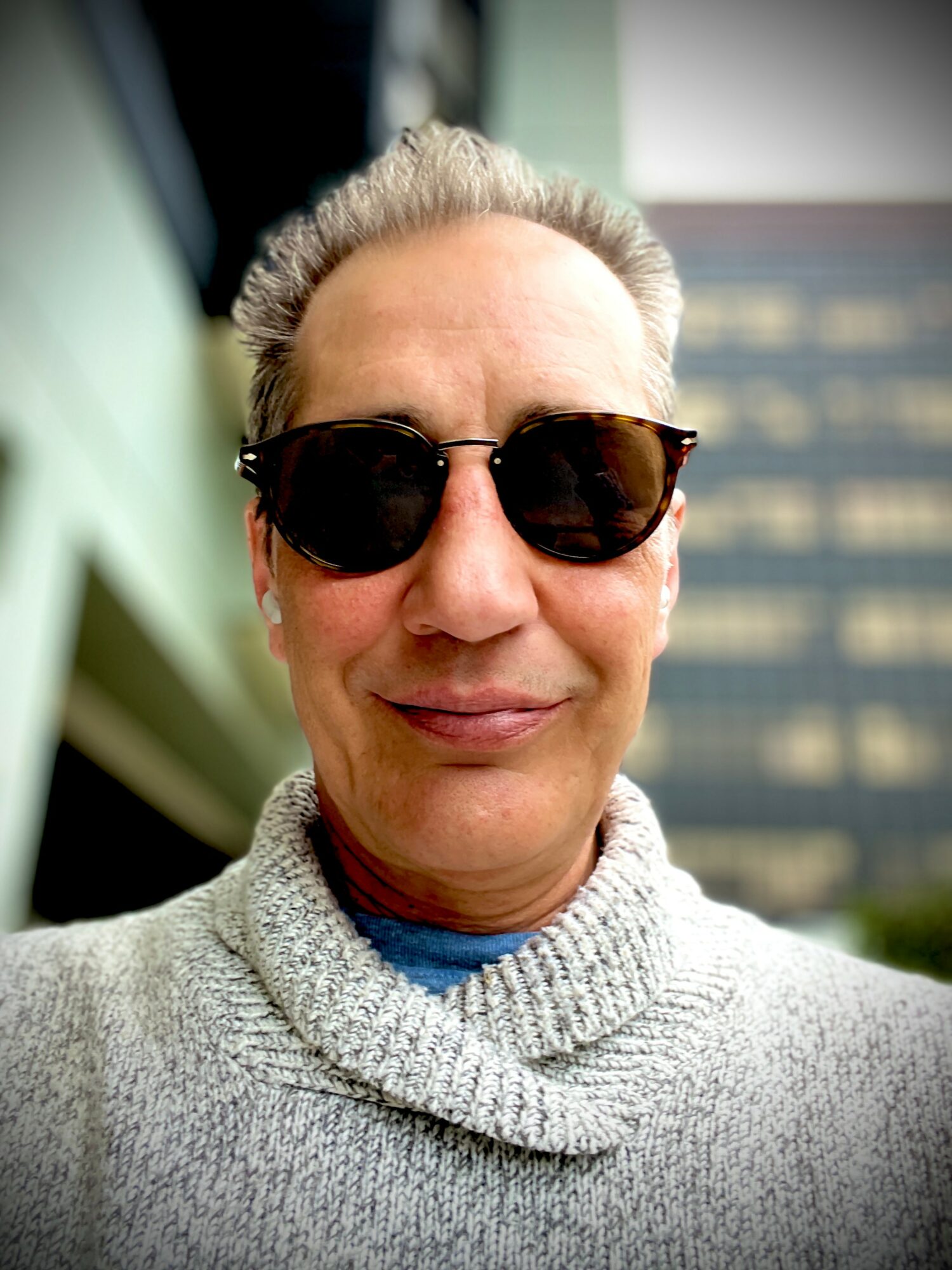

Today we’d like to introduce you to Nigel Sarrag.
Hi Nigel, so excited to have you with us today. What can you tell us about your story?
I found my way into photography somewhat organically. My work has encompassed stills, aerials, portraits, and motion — and over time I realised it’s less about the tool (camera, drone, lens) and more about people, moments, light, and perspective. On my website, I describe my offering as “Professional portraits, headshots and aerials in Boca Raton, FL. Specialising in LinkedIn, business branding, and candid personal photography.”
What drew me in was that moment when a scene or a subject speaks. Whether it’s a corporate headshot, a candid street-style portrait, or a sweeping aerial image of a coastline, there’s a framing of emotion, story, context and light. Early on, I worked as an award-winning on-set VFX supervisor in Los Angeles. Soon I found myself flying drones to capture even more unique perspectives in drone cinematography, which gave me a technical base.
That foundation taught me to think about composition, movement, context and narrative — all of which translate into still photography.
As I leaned more into photography, I realised the work I love most is when something authentic happens: when I’m not creating a forced pose, but rather discovering a moment. That realisation shifted my motivation from “let me take the picture” to “let me find the picture”.
We all face challenges, but looking back would you describe it as a relatively smooth road?
There is nothing easy about building any artistic business.
Starting a photography business can feel like stepping into a world that’s both deeply personal and fiercely competitive. For me, the challenge wasn’t just learning how to take great photos — it was learning how to build trust, communicate value, and carve out a voice in a crowded field.
When you start out, you quickly realize photography isn’t only about craft; it’s about consistency, identity, and resilience.
Here are a few of the main challenges I faced:
1. Standing Out in a Saturated Market
There are thousands of photographers offering similar services — portraits, branding, lifestyle, weddings — and at first, it can feel impossible to distinguish your voice. The turning point for me was realizing that clients don’t hire you just for your camera skills. They hire you for your eye, your energy, and your ability to make them feel comfortable. Once I leaned into that — creating relaxed, candid, and emotionally honest portraits — my work began to attract the right people.
2. Building Trust Before You Have a Reputation
In the early days, you’re asking people to believe in your vision before you have a long list of testimonials or a studio full of gear. That takes humility and persistence. I had to invest in relationships — spending extra time understanding what clients wanted, making shoots collaborative, and delivering more than expected. That trust, once earned, becomes your strongest marketing tool.
3. Balancing Art and Business
Photography is emotional and instinctive, but the business side is spreadsheets, contracts, and SEO. Bridging the two requires discipline. You have to learn pricing strategy, client communication, licensing, and marketing — all while keeping your creative passion alive. It’s a constant balance between artistry and entrepreneurship.
4. Managing Self-Doubt and Creative Fatigue
Every creative hits points of doubt — wondering if your work is good enough, if people see your value, or if you’ve chosen the right direction. Those moments test your commitment. The way through, for me, was to keep creating, even when it felt uncertain. Every shoot, even the imperfect ones, taught me something.
5. Adapting to Changing Technology and Client Needs
The photography industry evolves fast — new cameras, editing tools, AI, and client expectations. It’s easy to fall behind if you don’t keep learning. I try to see that as part of the creative process — evolving with technology rather than being intimidated by it.
6. Finding a Sustainable Rhythm
When your passion becomes your profession, burnout is a real risk. Early on, I took every opportunity that came my way. But over time, I learned to be selective — to take projects that align with my values and style. That’s when the work feels fulfilling rather than draining.
Closing Thought:
“Launching a photography business isn’t just about selling images — it’s about building a reputation based on empathy, reliability, and authenticity. It takes time, and there are no shortcuts, but each challenge teaches you how to see — not just through the lens, but through the experience of others.”
Alright, so let’s switch gears a bit and talk business. What should we know about your work?
Specializing in Candid Photography — and Why It Speaks to Me
Candid photography, for me, is where truth and timing meet. It’s the art of catching a person as they are — unposed, unguarded, fully present. What draws me to it is that unpredictability, that honesty you can’t stage or recreate. You can set the light, choose the lens, anticipate the moment — but the real photograph happens in that instant when someone forgets they’re being photographed.
That’s when their real self surfaces — the small gestures, the quiet confidence, the fleeting emotion that would disappear if you asked them to pose.
I specialize in this kind of work because it reflects something I value deeply: authenticity. My goal isn’t to perfect someone’s image — it’s to capture their essence. Whether it’s a business portrait, a family session, or a behind-the-scenes moment, I’m looking for that split second that reveals character.
Candid photography also demands a certain presence from the photographer — patience, empathy, and intuition. You have to read people, sense their comfort level, and create an atmosphere where they can relax into themselves. I try to make shoots feel like a conversation rather than a performance. When that connection happens, the camera almost disappears — and what’s left is something real.
On a deeper level, I think candid work appeals to me because it mirrors life. So much of what we experience isn’t staged — it’s found. I’m fascinated by those in-between moments that often go unnoticed but say the most about who we are. Capturing them feels like preserving a piece of truth before it slips away.
“A great candid photograph doesn’t just show how someone looks — it shows how they feel in that moment. And that’s what I’m after every time I pick up a camera.”
I recently did a session with Oscar-winning Nick Reed. What a fantastic subject. I managed to capture some amazing moments which are on my webnsite www. nigelsarrag.com. That and a couple who I shot where I was able to capture some very tender moments.
Are there any apps, books, podcasts, blogs or other resources you think our readers should check out?
Now there’s a question.
I love quite a few podcasts, including Smartless, The Weekly Show and Brene Brown!
I always look at the world as though through a lens so I’m fascinated by others’ work too. Museums and music which is a passion.
Also there are some wonderful articles on linked in.
Contact Info:
- Website: https://www.nigelsarrag.com
- Instagram: nigelsarragphotography
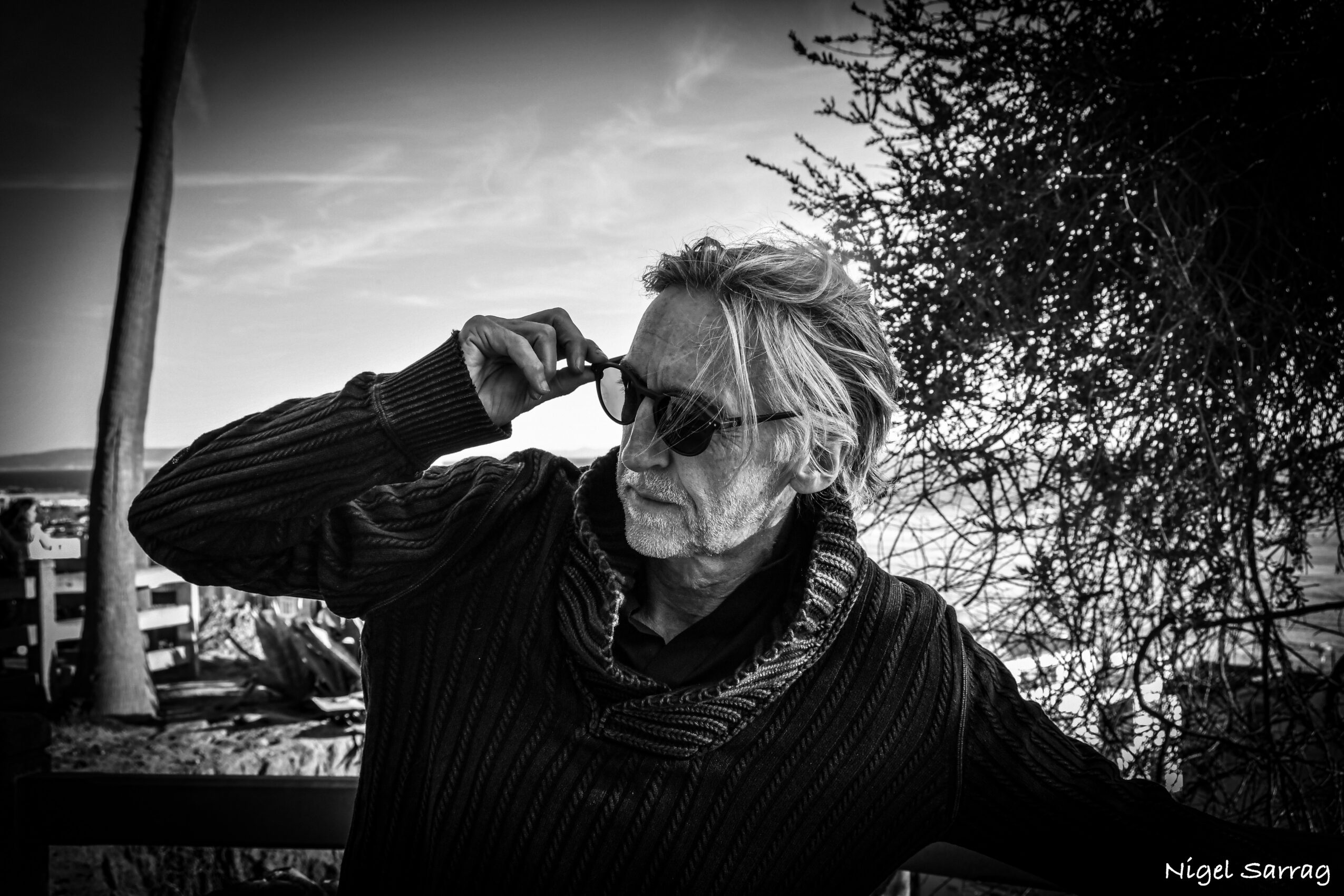

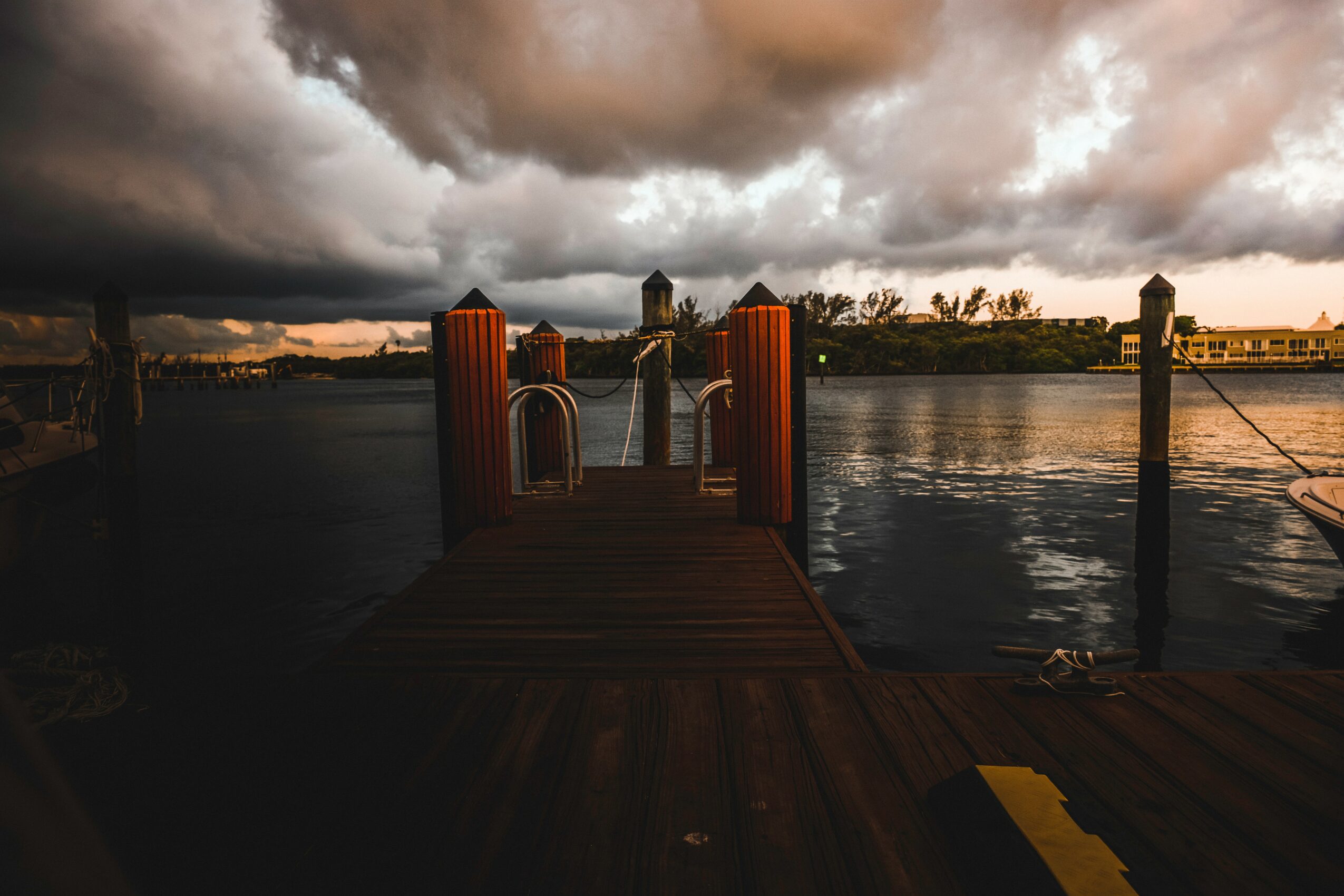



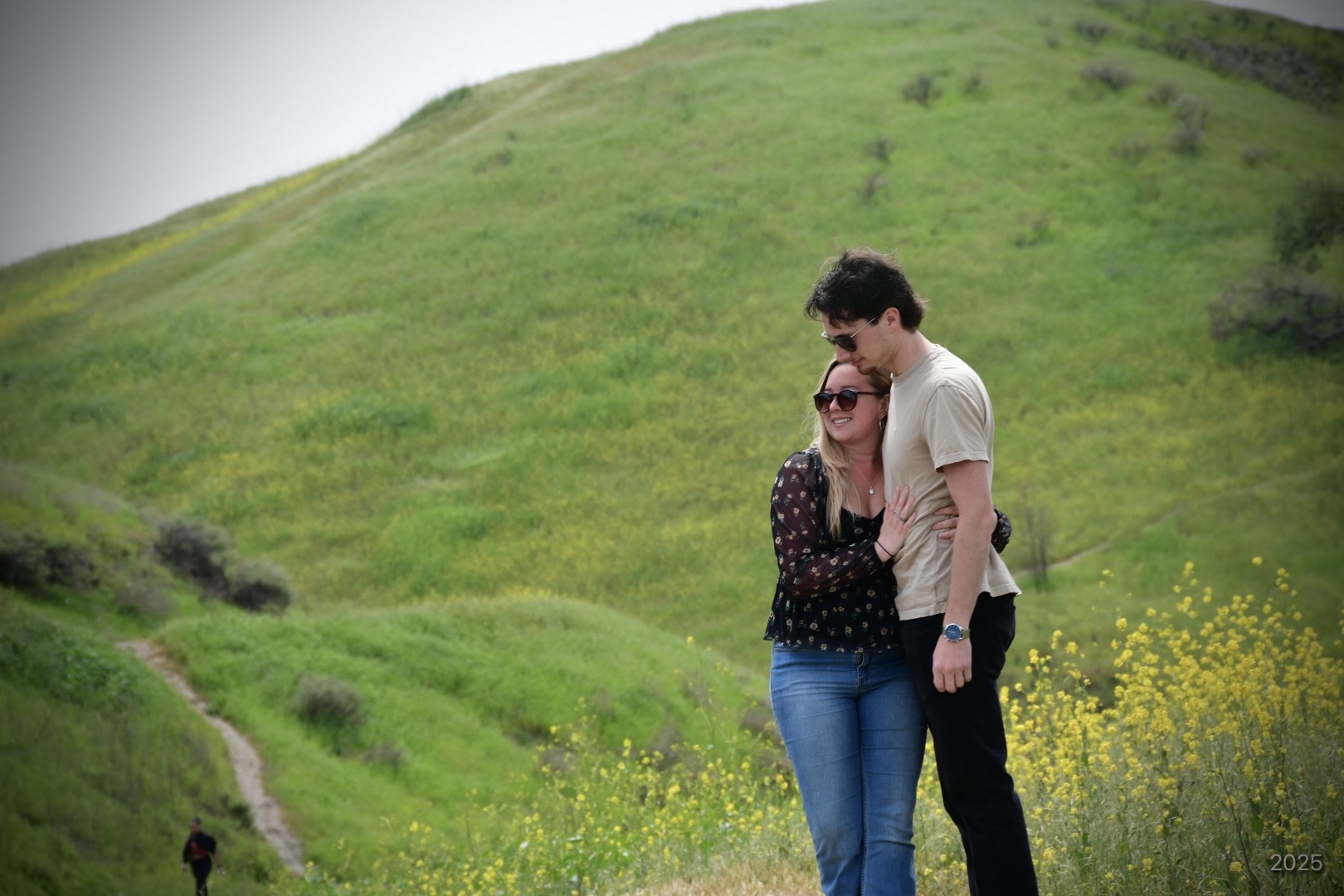
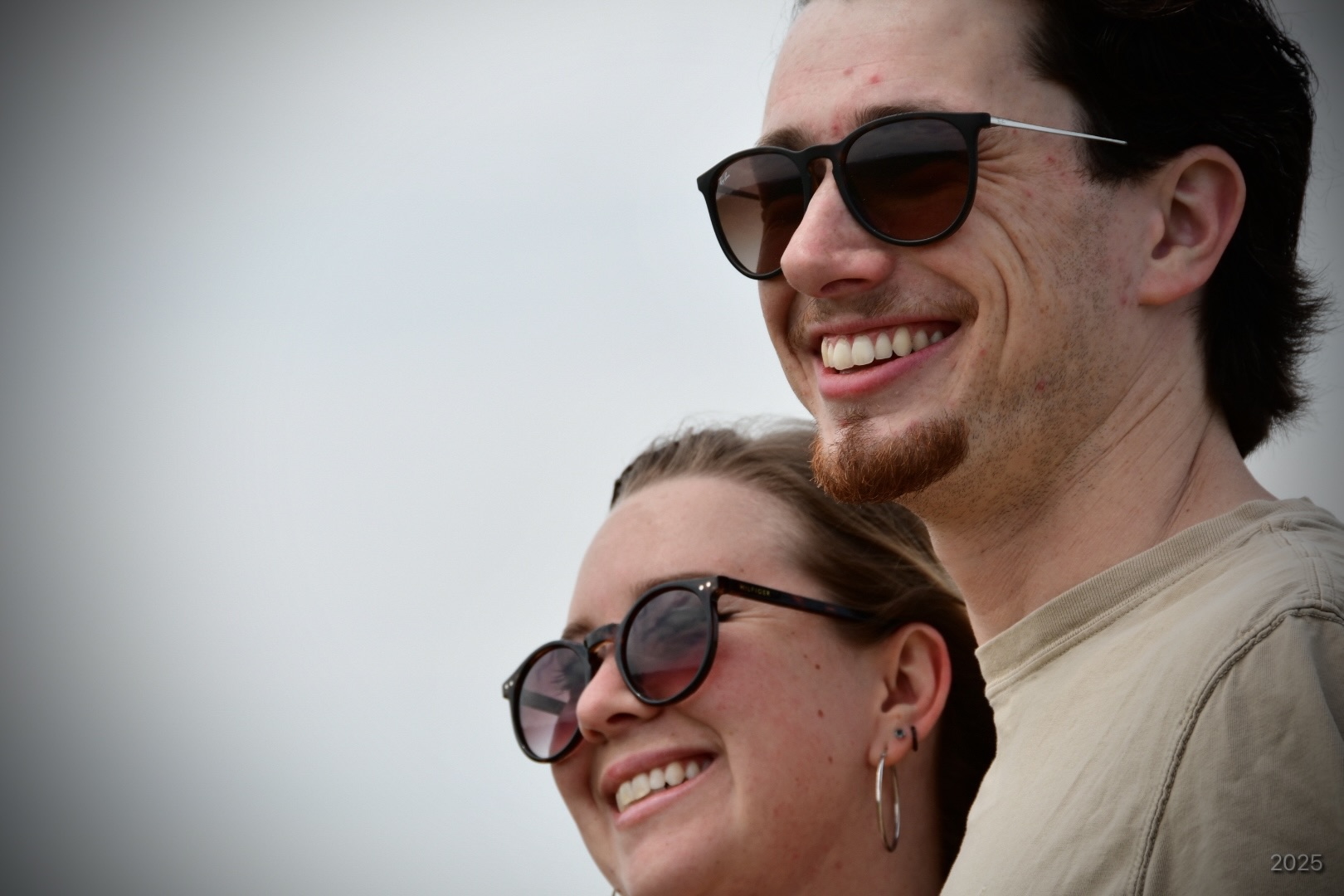

Image Credits
Nick Reed, Liam Sarrag and Olivia Hammond and the Peterson Museum










